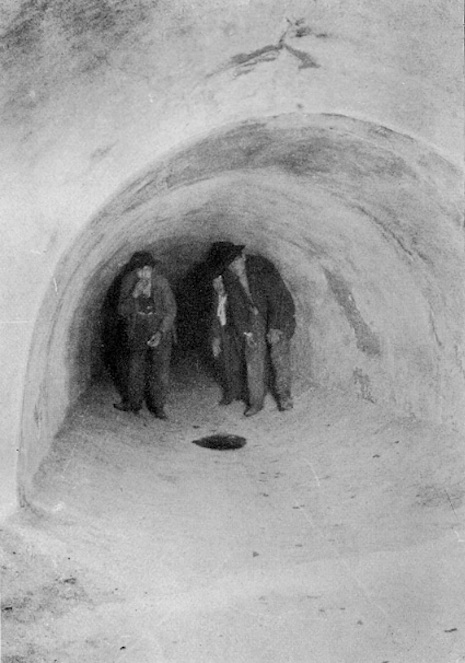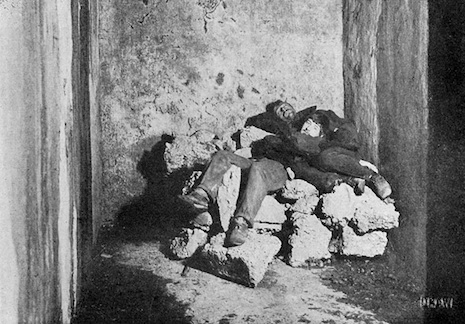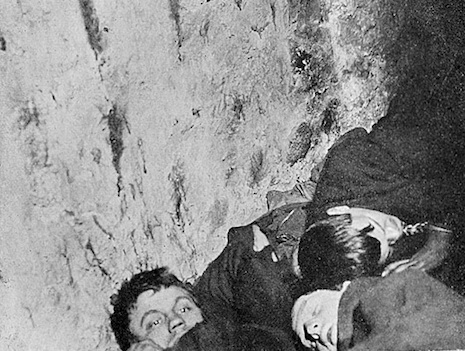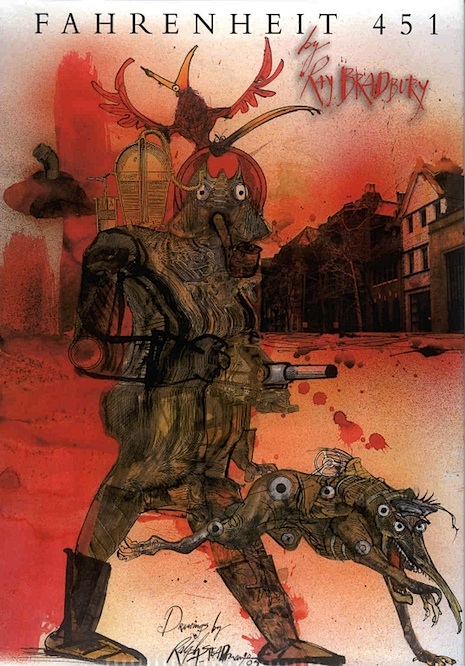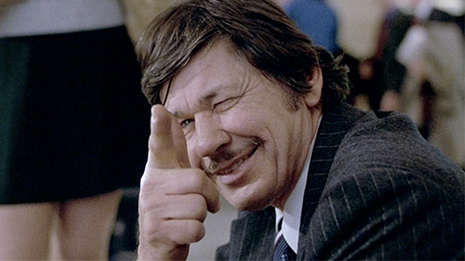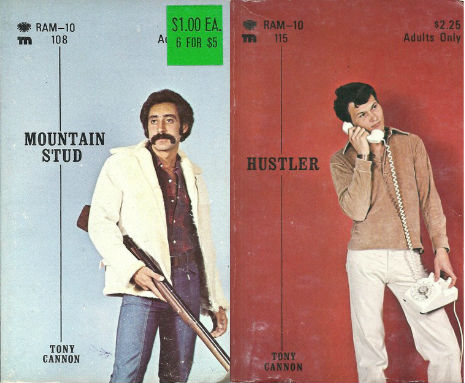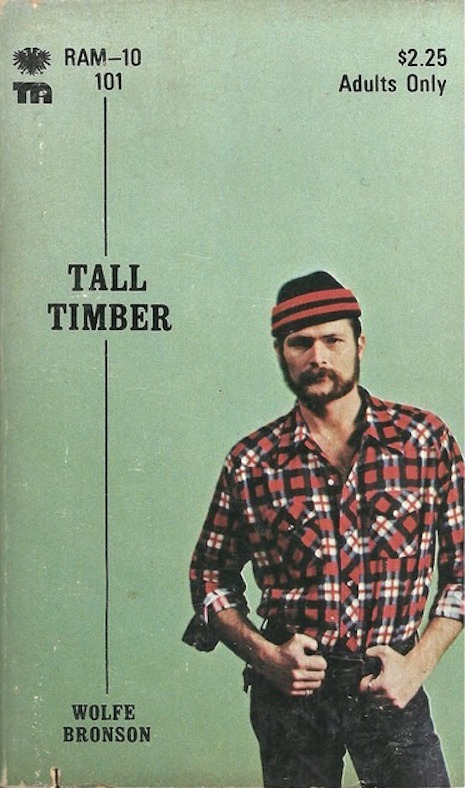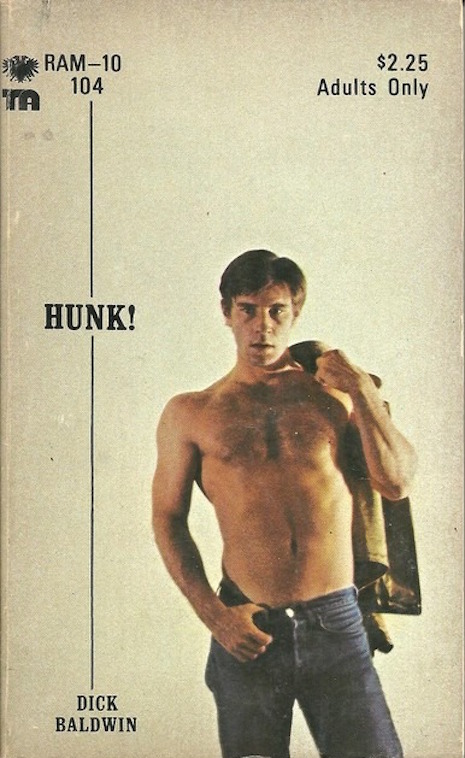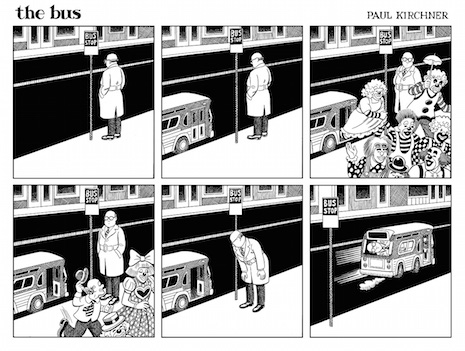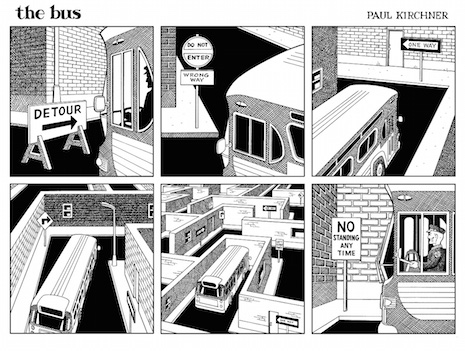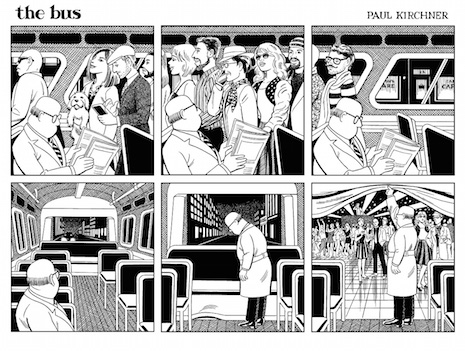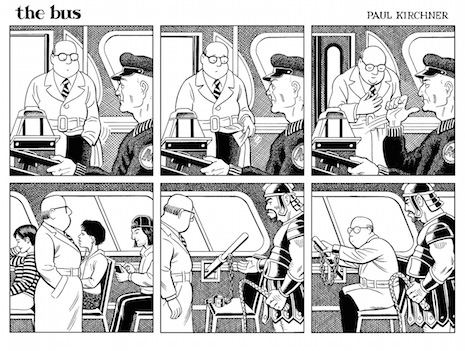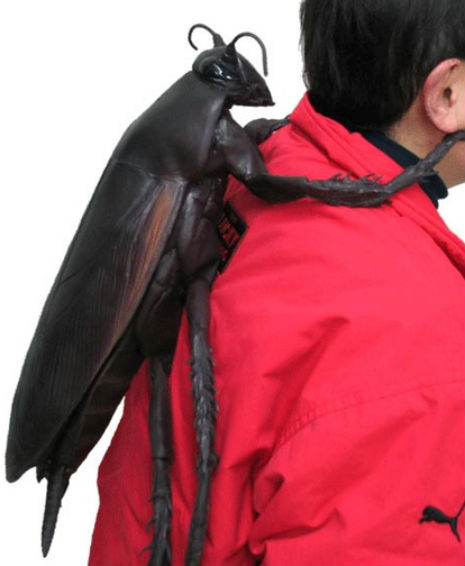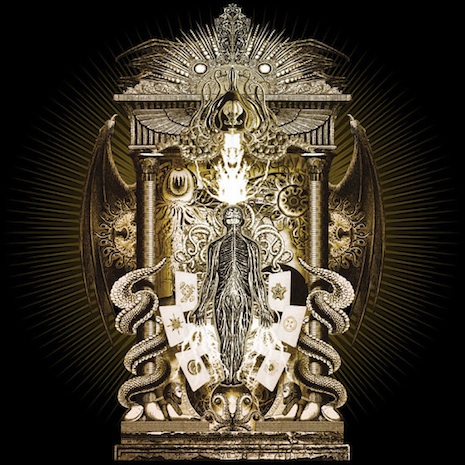
Punk rock documentia—and there’s been a ton of it lately, revisiting crucial scenes now that their prime movers are approaching old age—has overwhelmingly tended to focus on the reminiscences of musicians whose importance has survived multiple generations of fan consensus. Thus we get Rollins, MacKaye, and later arrival Grohl in every fucking documentary ad infinitum. (The Hard Times nailed this perfectly.) But obviously there was so much more to punk and hardcore than precious drops of received wisdom from the revered Elders of D.C., and it’s becoming increasingly rare to hear those other perspectives, from the ordinary fans and alienated kids who truly comprised the movement.
Of course, the record hasn’t been written entirely without fan perspectives; who could forget the interviews that opened The Decline Of Western Civilization ? And punk kids of all backgrounds were routinely trotted out as exotica talk-show fodder throughout the ‘80s, much of which material survives on YouTube. But Disco’s Out…Murder’s In!
? And punk kids of all backgrounds were routinely trotted out as exotica talk-show fodder throughout the ‘80s, much of which material survives on YouTube. But Disco’s Out…Murder’s In! , a new book by Heath Mattioli and David Spacone, has gone a step beyond. They’ve located and produced a memoir with an L.A. hardcore scene habitué whose story is uniquely compelling—a chieftain in one of the ultra-violent gangs that turned that city’s music scene into a war zone.
, a new book by Heath Mattioli and David Spacone, has gone a step beyond. They’ve located and produced a memoir with an L.A. hardcore scene habitué whose story is uniquely compelling—a chieftain in one of the ultra-violent gangs that turned that city’s music scene into a war zone.
Fittingly for an L.A. hardcore memoir, Disco’s Out…Murder’s In! features Raymond Pettibon cover art, but its contents aren’t as easy to take as a Black Flag album. It’s told in a first-person narrative by its subject, “Frank the Shank,” a punk kid who rose through the leadership ranks of the La Mirada Punks (LMP) street gang in early ’80s Los Angeles. When the book reaches the point where Frank’s career approaches its peak, it regales the reader with unsparing descriptions of utterly mortifying and entirely senseless crimes—beatings, stabbings, shootings. This was one of the guys that literally ruined punk, transforming it—in L.A., at least—from a rebel youth culture and musical phenomenon into a serious threat to the lives of its participants. There are passages so viscerally revolting I actually reconsidered my opposition to the death penalty—fuxsakes, LMP stabbed a guy to death because his manner of dress was “too ska”—and yet I could not put the book down. It’s not just that there’s been no other punk document like this before; Frank’s story is riveting as a narrative of a dead-end kid searching for a place in the world, as a true crime story, as a serial killer’s candid confession, and as a dispatch from a largely uncharted shadow of American music.
features Raymond Pettibon cover art, but its contents aren’t as easy to take as a Black Flag album. It’s told in a first-person narrative by its subject, “Frank the Shank,” a punk kid who rose through the leadership ranks of the La Mirada Punks (LMP) street gang in early ’80s Los Angeles. When the book reaches the point where Frank’s career approaches its peak, it regales the reader with unsparing descriptions of utterly mortifying and entirely senseless crimes—beatings, stabbings, shootings. This was one of the guys that literally ruined punk, transforming it—in L.A., at least—from a rebel youth culture and musical phenomenon into a serious threat to the lives of its participants. There are passages so viscerally revolting I actually reconsidered my opposition to the death penalty—fuxsakes, LMP stabbed a guy to death because his manner of dress was “too ska”—and yet I could not put the book down. It’s not just that there’s been no other punk document like this before; Frank’s story is riveting as a narrative of a dead-end kid searching for a place in the world, as a true crime story, as a serial killer’s candid confession, and as a dispatch from a largely uncharted shadow of American music.
In a revealing passage, Frank—not unlike a PTA mom or a tacky local news reporter, really—passes the blame for the violence off on the bands, for their violent imagery and harsh music. Later in the book, though, he does ultimately cop to his culpability:
Everybody was pointing fingers at the kids who lived brutally. Bands were upset over losing friends to the crusade, but still kept feeding it with their lyrics and sound, then wanted to cry about it? Every single band wound us up like A Clockwork Orange, yelling something violent and negative on every record. Was there one happy punk record? I don’t think so. Everyone in the scene dealt with some type of bloodshed. Most didn’t have a choice if they wanted to survive the hardcore punk scene in Los Angeles.
“Be an individual, don’t be a follower!”
Easy for you to say when you were protected on stage, or behind a typewriter, but the trenches were another story. And bottom line, we were the majority of the kids who bought tickets. Nearly all of you so-called musicians and punk rock scholars wouldn’t have lasted a minute.
If violence is art, then LMP was the Jackson Pollack of punk. Our victims, more often than not, wound up looking like one of his paintings … abstract expressions of red splatter on black cement. We definitely shared Pollack’s inability to take criticism with any sort of reasonable acceptance. How dare they! The audacity of fools, they had no idea of what we’d accomplished. —pp180-181
Too many people died at the hands of punk rock violence. I got lucky, some didn’t. As an ultra-violent punk rock gangster, I admit my part in ruining the scene. L.A. punk stood to be a magical moment of youth expression like no other and, for a little while, it undoubtedly was. The gangs ruined punk rock. I still have people telling me today that they quit punk because of LMP. Kids with talent in our scene expressed anger through music or art. We, on the other hand, took our rage and confusion out on the streets. I’m far from that person today, but as that famous Black Panther said, “Violence is as American as cherry pie.” —p222
Authors Mattioli and Spacone were gracious enough to spare us some time to discuss the impetus for the book and the process of crafting it:
Heath Mattioli: We had a friend who passed away, he was from a smaller punk rock gang called Lakewood Punks. His house was like a hub for dysfunctional kids, whether a punk rocker or a greaser or just some confused kid. It was a place to hang out, it had a skateboard ramp, and some LMP guys, Frank being one of them, would always go over there and hang out, and it turned out he was recruiting other guys, younger guys from these other gangs. And just hanging out with other punk rockers, talking music and pussy and whatnot, and that was where I initially met Frank. That was probably ’86.
David Spacone: If you went to punk shows you kind of needed to have backup. All of us that hung out at that house went to shows. Whether or not we participated in the whole gang thing, it really didn’t matter. As it says in the book, it was pretty dangerous, so those guys were always around at shows with us as well. That way nobody messed with us and we could just enjoy the music.
HM: I wasn’t really in the shit—a different type of shit, maybe? But I was a periphery guy, I listened to the music, but I wasn’t dedicated because I came from a more loving family, I couldn’t commit myself like these guys did, and if you wanted to be a “punk rocker” you had to put up with all that shit and I just wasn’t willing to do it. Dave was a little more in there.
DS: Yeah, I was more involved. It was OK to not be a punk rock gangster, but you had to have affiliates. But I just went to the shows for music. I was at the edge of the pit, and the gangsters were IN the pit.
Dangerous Minds: The book reads as a first-person narrative, so I take it it was written as an “as-told-to?” How much of the book, if any, represents your authorial voices, or was your function more conducting, transcribing, and editing interviews? Could you talk about your process?
HM: Our challenge was getting Frank to go back to that place mentally, to his youth. We weren’t interested in how he feels now, in hindsight. He’s a totally different guy. We didn’t want that, we wanted to hear how he felt in the moment. We would interview him in the middle of the night or early in the mornings, because he’s a graveyard shift worker. There would be times when he just didn’t want to get into it, and times where he’d talk for an hour. Answering your question of how much of us is in the book, we tried to live in Frank’s shoes and only speak the way he would speak. We had to tie things together and do our due diligence in talking to other people.
DS: What is us is how it’s stylized. We had to come up with a way for you to viscerally experience Frank’s journey through punk rock and being gangster #1.
Dangerous Minds: Frank describes active participation is some mighty repellent crimes. I’m curious how much of the specificity in his claims to criminal conduct might just be an old guy enjoying some attention and maybe exaggerating his “accomplishments?” How much is corroborated in terms of individual incidents described?
HM: The book is as close to how things went down as you could get without having a camera there. We were ferocious when it came to asking the same questions over and over, sometimes years apart, revisiting the same nights and making sure we were getting everything straight! We also asked other guys in the gang who were there, and stories were lining up. We had to dance around a little bit of the actual specifics of weaponry and maybe some street names.
DS: If you were around at the periphery at the time, all of these murders and other incidents that took place were all scuttlebutt. These were events we knew about from back in the day. Some of these stabbings and beatings and gang clashes were infamous
HM: We were bringing questions that we had as youths to the table, and Frank would say “Oh, you heard about that? Here’s how it went down…” I guess there weren’t a lot of rats in the punk world, so people hardly ever got brought in for questioning about these murders, and in Hollywood, and L.A. in general, it wasn’t patrolled like it is today, and there weren’t cameras everywhere, so these guys could do their dirty deeds and jump on the freeway and be home in bed pretty quickly after they killed somebody.
DS: One of the major reasons we wrote this book is that we were so familiar with the stories, and we knew that one day it all had to come to light. We ran into Frank all those years later, and his were the best stories to tell, he could tell the whole thing.
HM: We started out thinking we were gong to write about ALL of the punk gangs in L.A. at that time, but the more we talked to Frank, the more we realized his story was special, and so we decided to dedicate all our time to this one kid’s journey through the dark side of punk rock. So we ended up spending five years interviewing Frank. I couldn’t go to sleep so many nights after talking to Frank and hearing these horrific stories about these confused kids, who hated themselves and wanted everyone to feel what they felt. So now the reader gets to feel a little bit of that…
DS: The whole scene was really Clockwork Orange and we wanted to make the reader feel that.
Continues after the jump…

